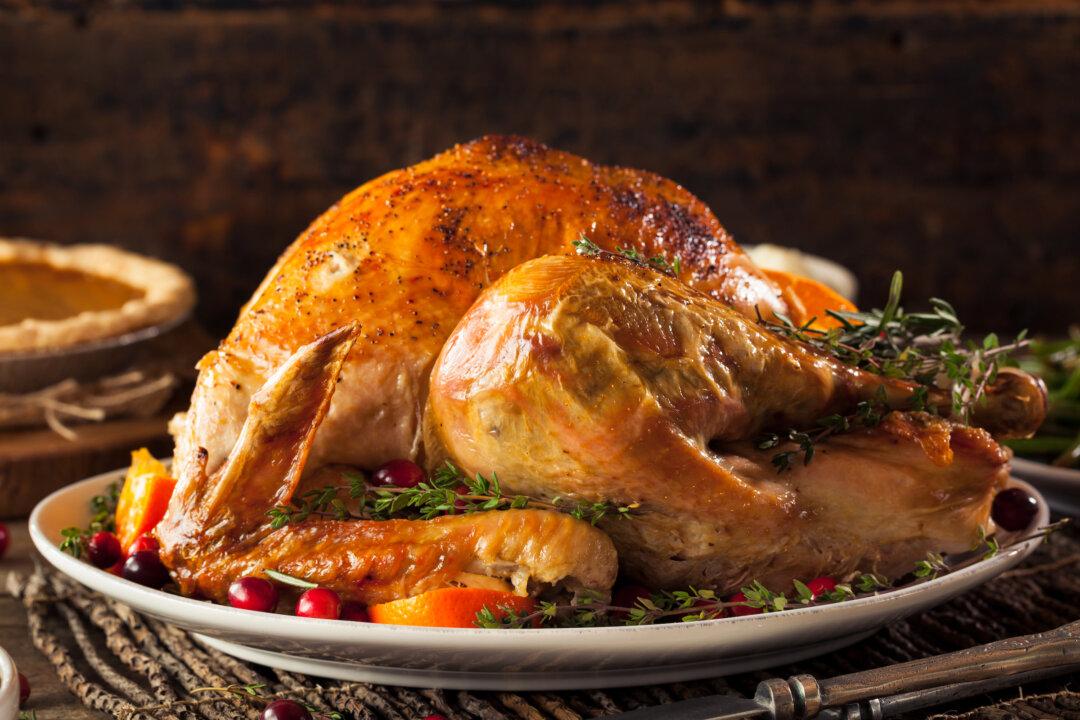In September 2018, Andrea Bemis embarked on a life-changing journey—one that brought her closer than ever to home.
Bemis, an organic farmer, food blogger (DishingUpTheDirt.com), and cookbook author living in north central Oregon, had an epiphany earlier that year, while grabbing a can of coconut milk from her pantry: Despite a decade of farming and a long-held dedication to local, sustainable eating, she still had no idea where many of the ingredients in her kitchen came from.






